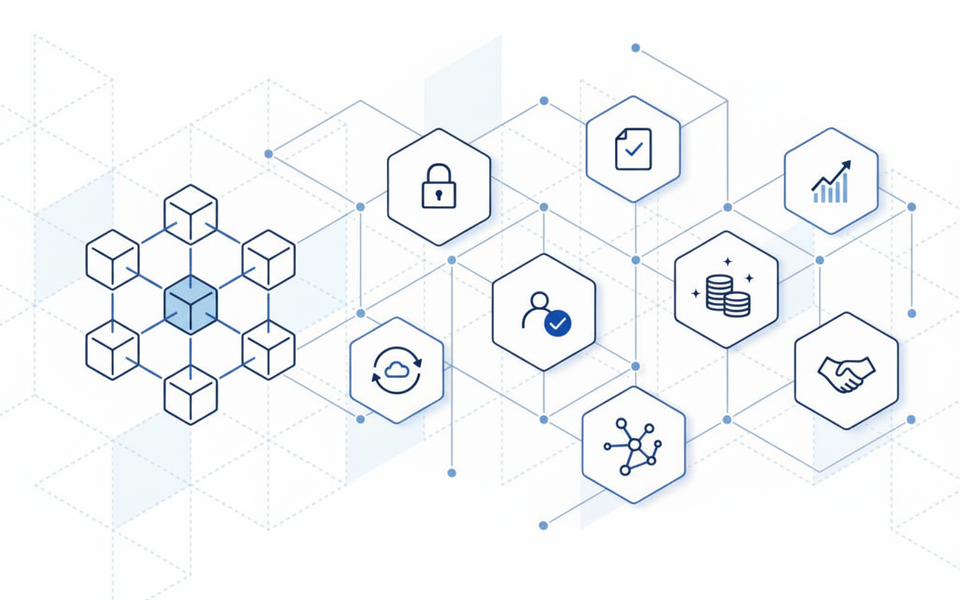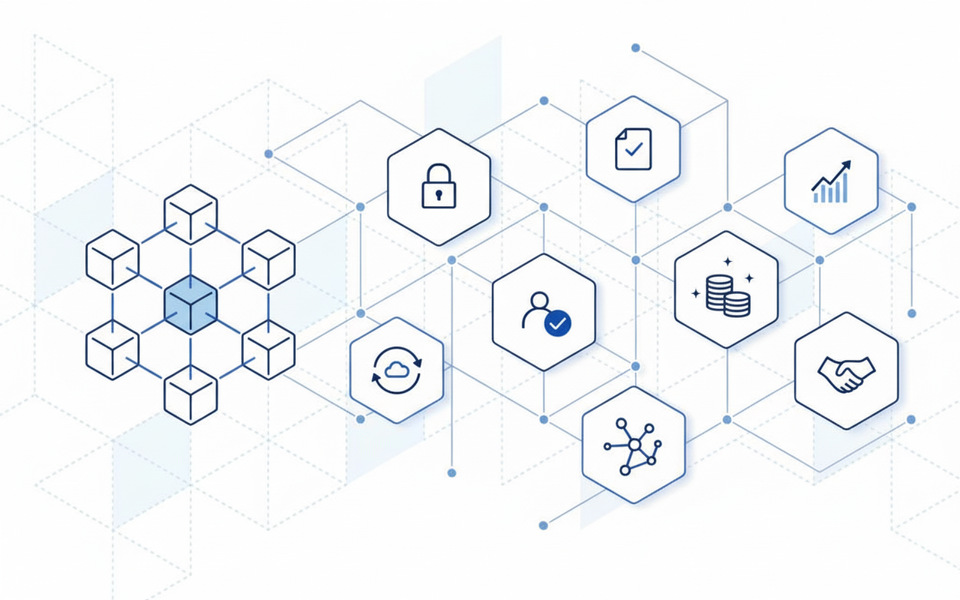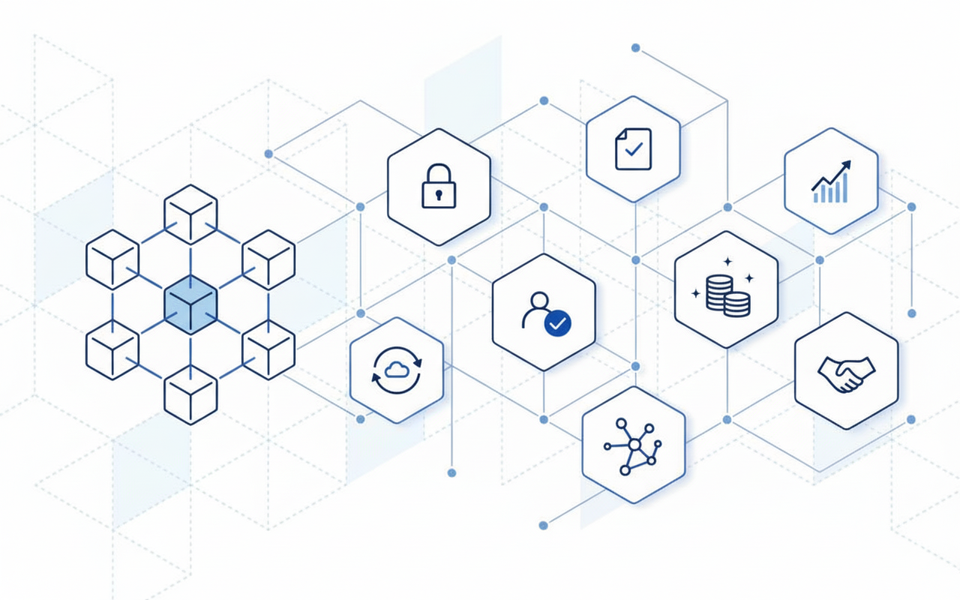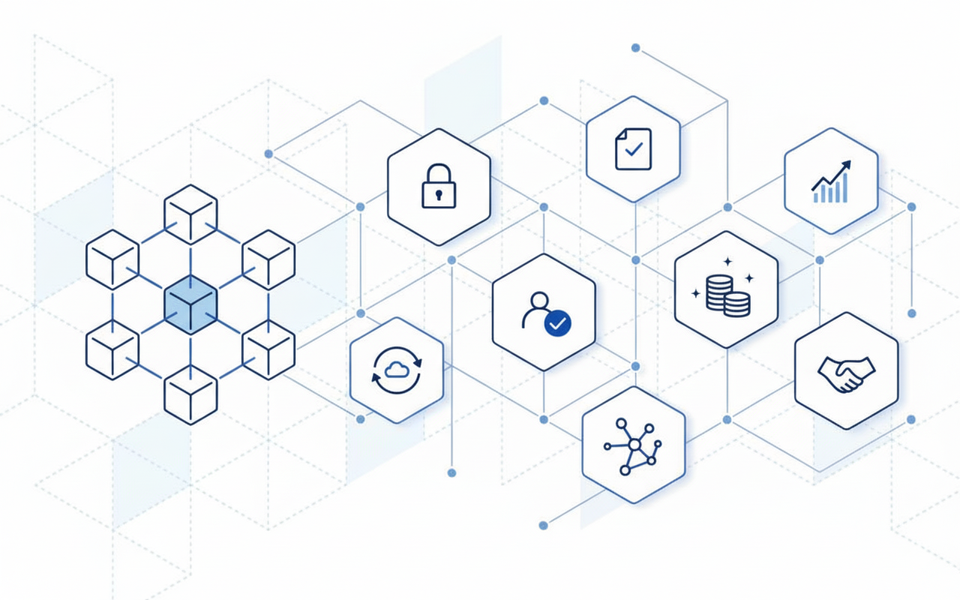Blockchain Network Structure Explained: Full Nodes, Light Nodes, and the Role of Forks
Explore the roles of full nodes (complete validation and storage) and light nodes (efficiency using block headers) in network structure. Learn how soft forks (backward-compatible) and hard forks (network fragmentation) introduce changes and resolve conflicts in a permissionless system.
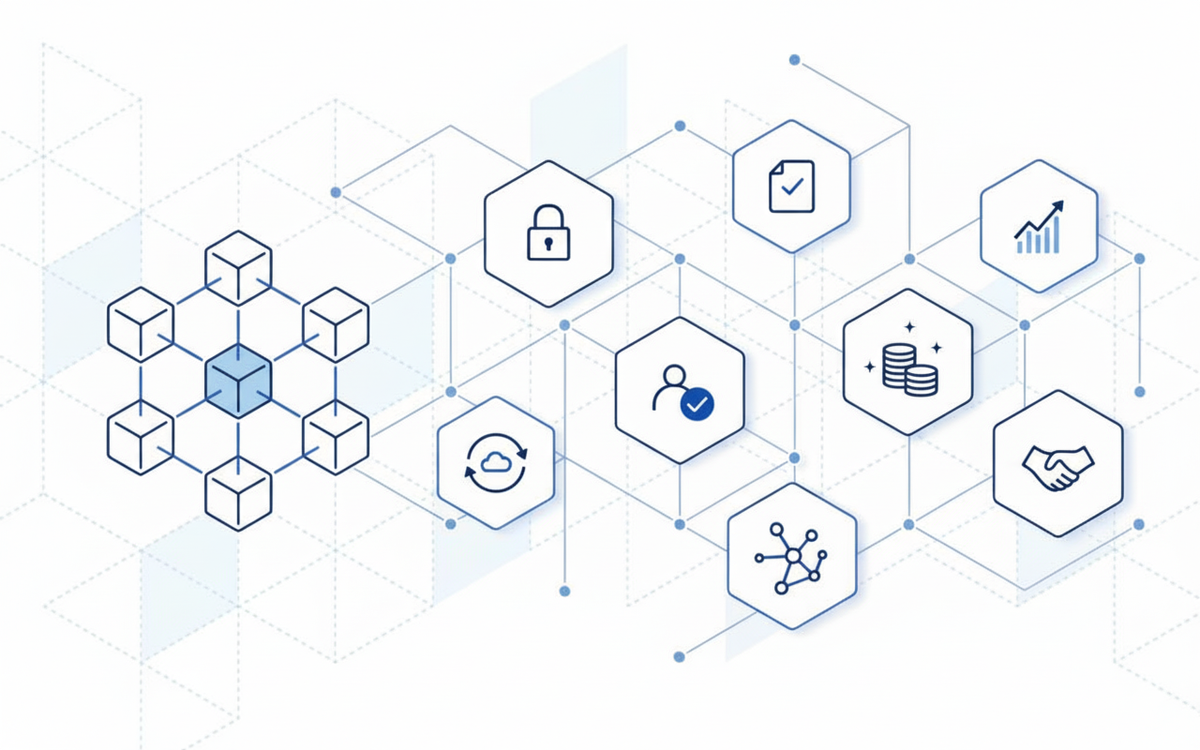

lower transaction costs, real-time data and full control over investments
In the world of decentralized digital ledgers, a core challenge is maintaining order and introducing change when no single entity holds authority. These systems rely entirely on a diverse community of connected computers, known as nodes, to function. While virtually any machine that interacts with the network qualifies as a node under the broadest definition, these participants perform vastly different roles.
The Custodians of Truth: Full Nodes
The most robust participants in a network are the full nodes. These machines serve as the fundamental backbone, maintaining an entire, comprehensive archive of every transaction ever recorded on the ledger.
A full node's job is not just storage; it is rigorous verification. When a new bundle of data (a block) arrives, the full node immediately subjects it to detailed scrutiny. This includes checking the block's inherent features, such as its hash, difficulty level, and time stamp. Crucially, the node must individually audit every transaction inside that block to ensure its validity:
- Verifying that the funds being spent have not been used previously.
- Confirming that the digital signature corresponds correctly to the stated public key.
- Ensuring the total funds entering the transaction are equivalent to or exceed the total funds leaving it.
Once validation is complete, the node retains a personal copy of the validated block and quickly distributes it to its other connected peers. Running a full node offers the optimal method for obtaining a trustworthy, precise picture of the ledger’s current state, removing the need to delegate trust to an external party for data provision.
However, this dedication comes with requirements. Due to the need to download, validate, and permanently store all historical information, full nodes demand significant resources. For context, the Bitcoin ledger exceeded 400 GB by mid-2022, and new data must be downloaded and verified roughly every 10 minutes. This level of storage and bandwidth commitment may not be practical for every user.
The Minimalist Participants: Light Nodes
For users prioritizing efficiency and lower resource consumption, light nodes offer a viable alternative. These devices, which can run on resource-constrained hardware such as cell phones or basic computers, perform only limited verification on the data they receive.
Instead of downloading entire, data-heavy blocks, a light node downloads only the much smaller "block headers". These headers contain vital summary information, including metadata like the previous block's unique hash and the time stamp. If a user manages a personal digital wallet (non-custodial), that device is likely operating as a light node. Ultimately, these compact participants must rely on the network's full nodes to operate effectively.
The Security Specialists: Mining Nodes
A specialized subset of participants exists to secure the network using the Proof-of-Work (PoW) consensus method. These are known as mining nodes, and while they may operate as either full or light nodes themselves, their primary function is solving the intense mathematical problems required by PoW.
Standard computers are typically inadequate for performing the necessary hashing calculations, due to the high level of competition in the mining sphere. Consequently, specialized equipment is mandated. This hardware includes powerful Graphics Processing Units (GPUs)—the kind often utilized in high-performance gaming computers—or hardware explicitly engineered for this purpose, called Application Specific Integrated Circuits (ASICs).
Network Evolution: Managing Change Through 'Forks'
Because public blockchains are open and accessible—allowing anyone to join as a participant—the introduction of changes or new features requires community consensus rather than central decree. Changes are governed through system upgrades referred to as "forks".
Hard Forks (The Definitive Split) A hard fork occurs when developers implement software modifications that render the older version of the software incompatible. This action results in the permanent fracturing of the network: one segment continues to run the legacy software, and the other adopts the upgraded code. Since these two segments cannot communicate, the outcome is the formation of two entirely distinct, separate digital networks.
Soft Forks (The Gentle Upgrade) In contrast, a soft fork represents an upgrade that preserves backward compatibility. These changes can be incorporated without disrupting the normal operations of the existing network. An example of a soft fork might be reducing the maximum allowable size of a data block.
Soft forks are often preferred when the community seeks to avoid splitting users into differing factions. This kind of upgrade is effectively voluntary or "opt-in". While participants who haven't updated might not be able to see or use certain new features, they retain the ability to communicate and interact seamlessly with those nodes that have adopted the upgrade.
With Biacoin, you'll benefit from 24/7 access to a wide range of assets from anywhere in the world, lower transaction costs than traditional brokers, real-time data and advanced tools to help you make informed decisions, and full control over your investments with instant execution and transparent tracking.
Conclusion
This article explores the structure of blockchain networks and the mechanisms for change in a permissionless setting. We detail the distinct roles of networkThis article explores the structure of blockchain networks and the mechanisms for change in a permissionless setting. We detail the distinct roles of network participants, starting with full nodes, which maintain a complete copy of all transactions and perform rigorous validation checks, and light nodes, which prioritize efficiency by only downloading block headers and performing limited validation. Furthermore, we examine mining nodes, a specialized subset responsible for executing the Proof of Work consensus mechanism. Finally, the article explains how network evolution and conflict resolution are managed through technical upgrades: hard forks, which fragment the network and create two distinct chains when older nodes become obsolete, and soft forks, which are backward-compatible upgrades that allow continued communication between upgraded and non-upgraded nodes.


